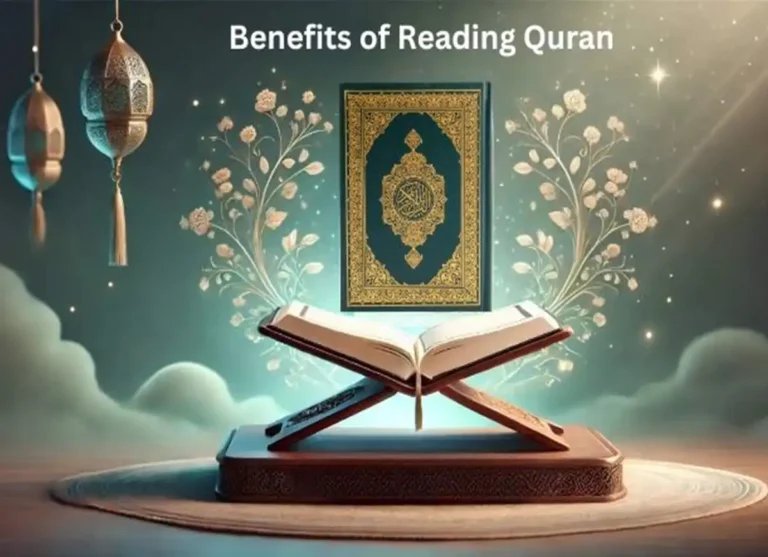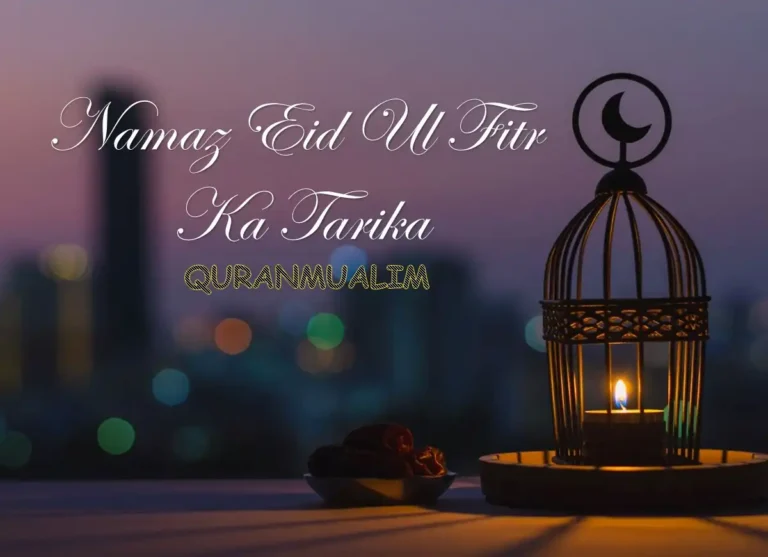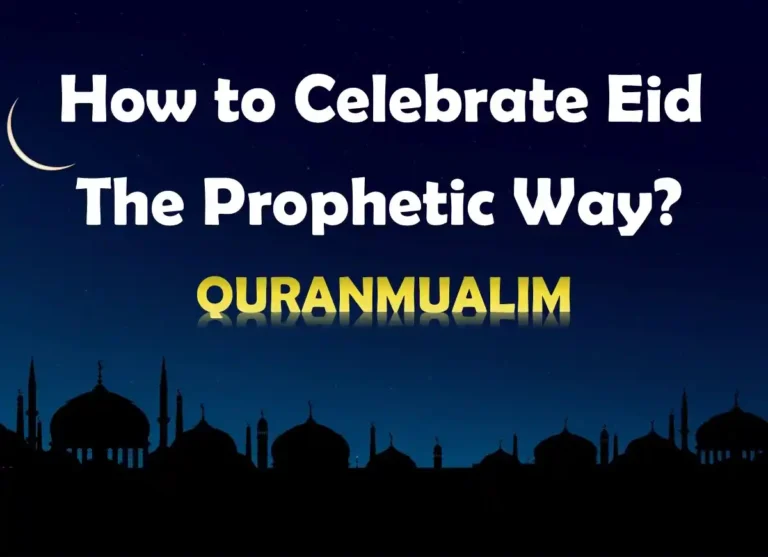Hajj: The Symbol of Unity – Unity is clearly observed in the large symbol of Hajj which is recited every year and is the reason why millions of Muslims come across the globe. They symbolize the Muslim ummah in every race and countries, colors and languages.
They gather at one location simultaneously in the same attire and carrying out the same rituals. They stand together in the same place. They proclaim the unity to the God who created all worlds, and abide by His rules, and display their unification in His name.
They declare to the world that they belong to one nation despite their different homes and countries. They observe the rites and gather in the open spaces of Makkah where bodies are close to one another Faces meet hands shake greetings exchanged as tongues exchange messages and hearts unite. They gather to share the same goal and purpose.
- Global Gathering: Millions of Muslims from all corners of the world, regardless of race, nationality, or social status, gather in Mecca for Hajj. This physical proximity fosters a sense of connection and belonging to a larger Ummah (global Muslim community).
- Shared Rituals: During Hajj, pilgrims perform the same rituals at the same time. They wear the same simple Ihram garments, stripping away outward differences and emphasizing their shared devotion to Allah.
- Equality Before God: Hajj emphasizes that all people stand equal before God. Wealth, social status, and ethnicity become irrelevant in the face of their shared faith.
- Brotherhood and Forgiveness: The experience of Hajj fosters a sense of brotherhood and understanding among pilgrims. They help and support each other, breaking down barriers and promoting forgiveness.
What is more unified than the one shared by pilgrims who stand on the top of the mountain ‘Arafat wearing naked heads and plain white clothing?
There is no distinction between the rich and poor the ruler and the subjects, the male and female, Arabs and non-Arabs. They are all exactly the same, as are the teeth of a hair comb. They point their attention toward Allah as humble and submissive.
Categories: PRAYER (Salat), ALMS (Zakat), SAWN (Fasting) HAJJ (Pilgrimage) & DUA (Supplications), Hadith and Tafseer, The Holy Quran, Quran Jaz 1- 114
Topics: Ushr and Zakat, Hijab, Arabic Corner, Faith, Islamic History, Biography, Sirat ul Nabi PBUH, Islamic Studies, Halal & Haram
Hajj:
- What is Ihram Haji ? | Hajj and Umrah-Quranmualim
- Importance of The Days of Zil Hajj | The Day of Arafah
- Define Menses during Hajj and Umrah | Mina in Makkah
- The Holy pilgrimage of The Messenger | The Rituals of Hajj
- 3 Types of Hajj | Tamattu | Ifrad | Hajj Qiran – Quranmualim








